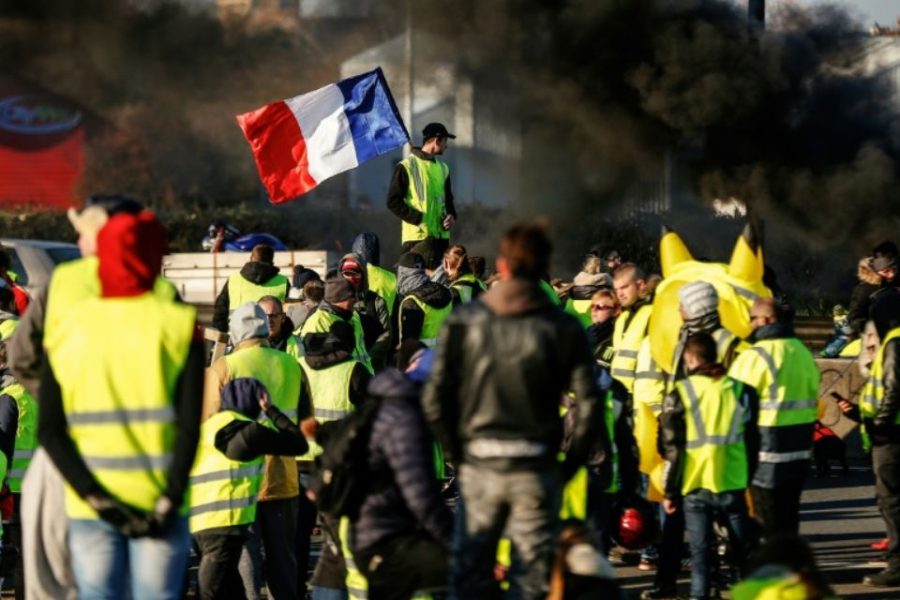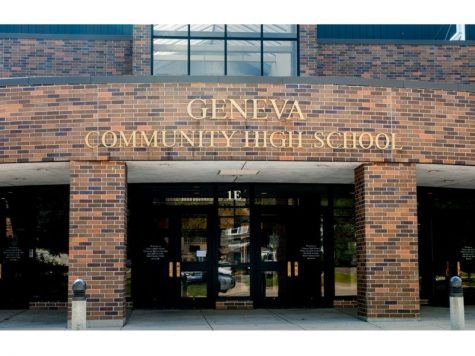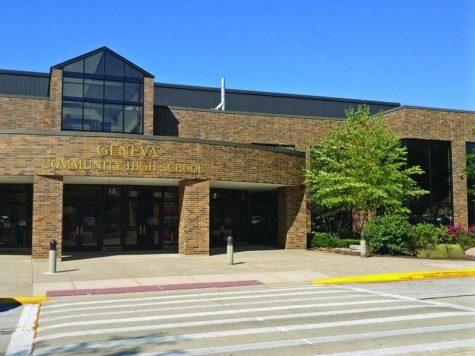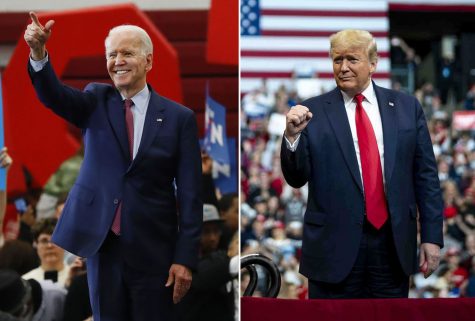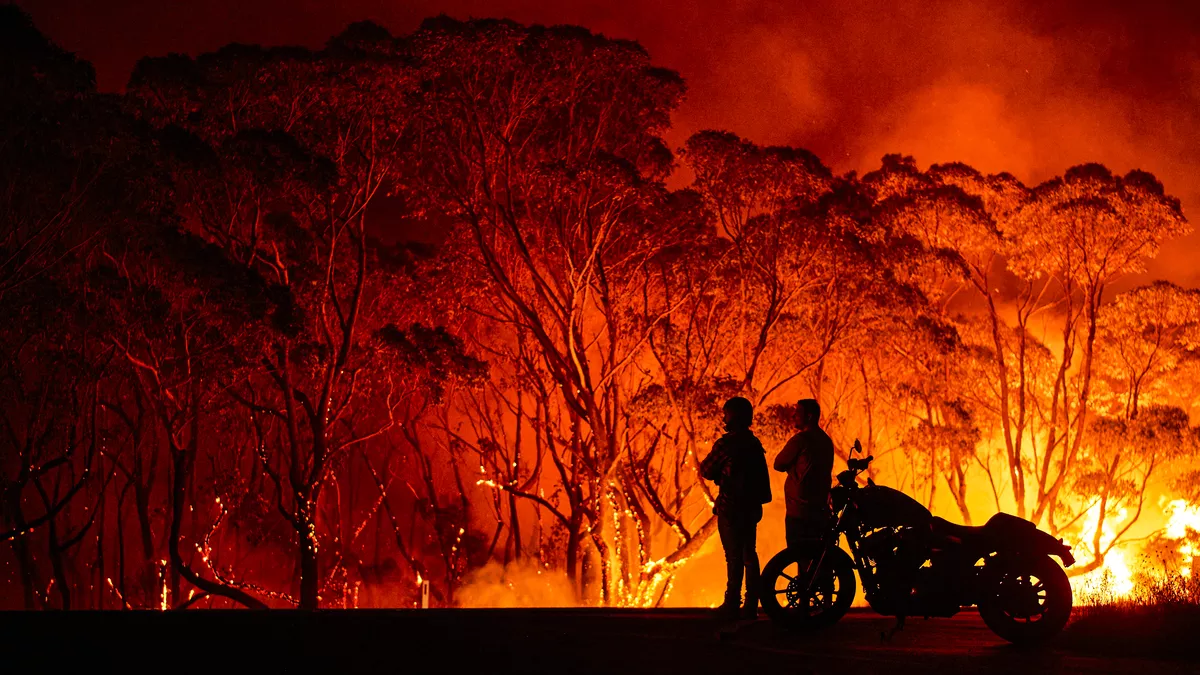Mouvement des Gilets Jaunes
On January 1st French President Emmanuel Macron’s green tax on fuel, was to come into effect. This act was established due to Macron’s environmental political stance. Regardless of his intentions, this tax sparked a plethora of protesters across France, due to the high gas prices. Gas prices rose to over $6 per gallon. The protesting group is nicknamed the “Gilets Jaunes” for their use of bright yellow safety vests, which have become a symbol of their anger and dissatisfaction with the current French government. This began as political unrest within the French provinces, but then soon spread to Paris, bringing violent protests and riots to the city.
The Yellow Vest protesters were originally from rural areas that would be unable to afford the higher gas prices due the long distances that they are forced to drive as a part of their daily life. This small group soon multiplied and grew to include the working and the middle class, who began protesting the slipping standard of living in France and taking a stance against Emmanuel Macron’s economic policies. They also want to bring attention to the high unemployment rates within France. The Gilets Jaunes do not have any true leadership, but are organized through social media. Their main complaint is that their incomes are too high to qualify for social welfare benefit programs, but not enough to make ends meet. President Macron is the focus of their complaints, as he has loosened labor laws and cut taxes on the rich. The fuel tax has caused the French public to view Macron as a president for the upper classes.
The Yellow Vests movement began because French motorists are required by law to carry yellow safety jackets in their vehicle. The protesting drivers donned their vests and created roadblocks around the country to protest the excessively high gas prices. Since that act, all protesters, motorists or other, must wear the yellow vests. This idea of a uniform gives the movement a sense of identity and a common goal for the protesters.
The protests began as a simply peaceful unrest, but as the citizens began to flood into Paris, it began to turn violent. Rioters defaced the Arc de Triomphe and the Tomb of the Unknown Soldier, stole from shops, vandalized buildings and attacked the French police. Around 380 people were arrested during the protests and Paris faced an estimated 3.4 million U.S. dollars in damage. To control the riots, the French police have resorted to using tear gas, stun grenades, and even water cannons. But, this violent form of crowd control has not been able to quell the rioting masses.
The main goals of the protesters are to get the tax on fuel repealed, the National Assembly dissolved, the minimum wage, and potentially as much as a resignation by President Macron.
Macron has stated that he will not dissolve the fuel tax and will focus on public safety during the aggressive riots. Although President Macron’s goal was to create economic growth, he has faced many disagreements with all his reforms since taking office 18 months ago, but this has been biggest political crisis he has faced so far. The French Government has also announced plans to increase wages and create tax cuts for pensioners to help and support the middle and working classes.

